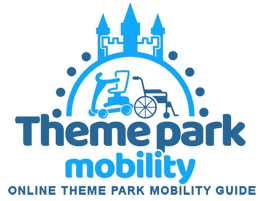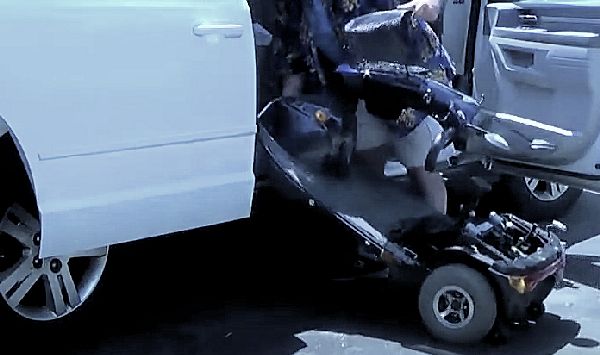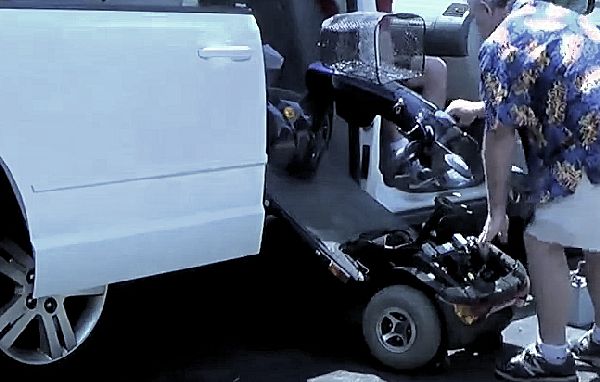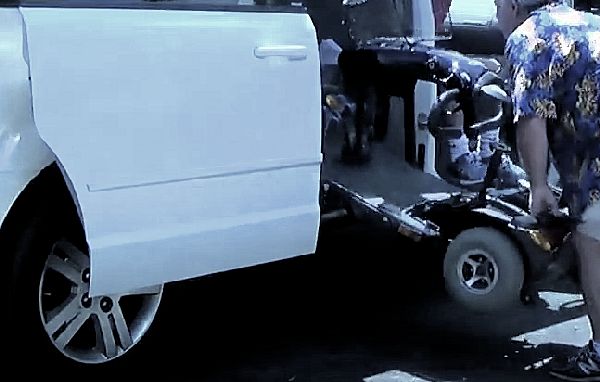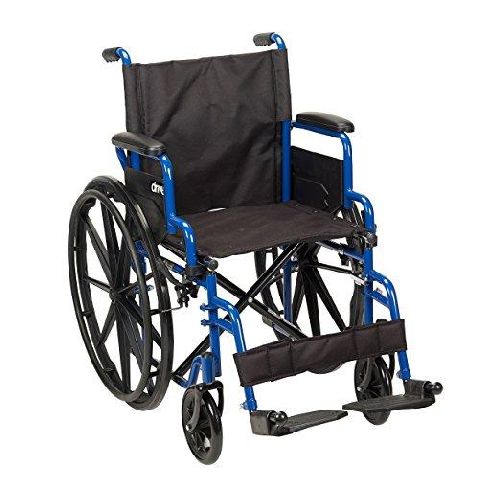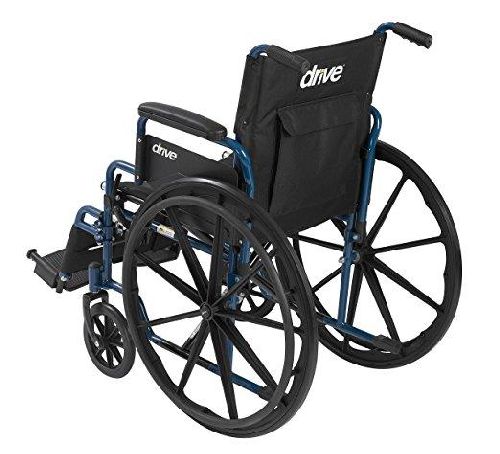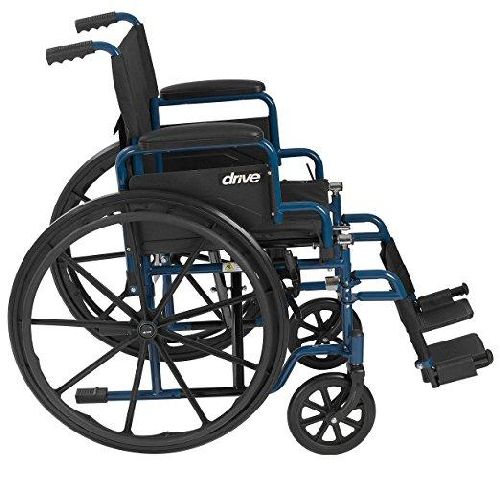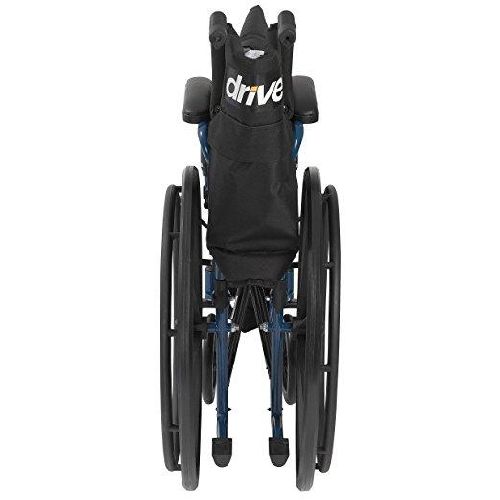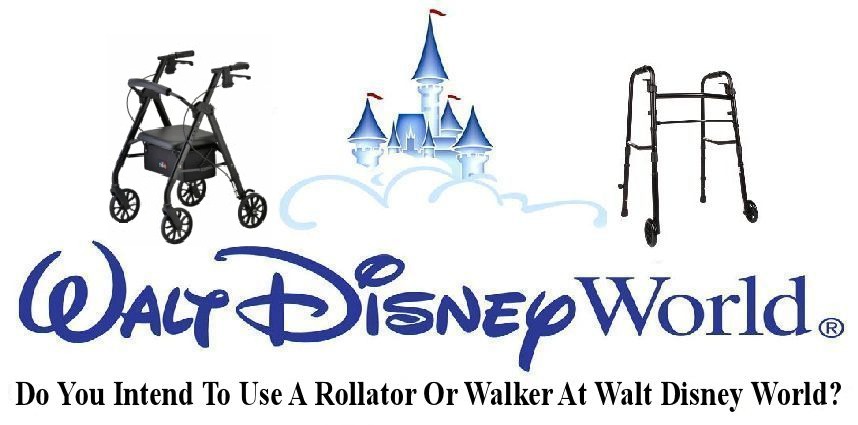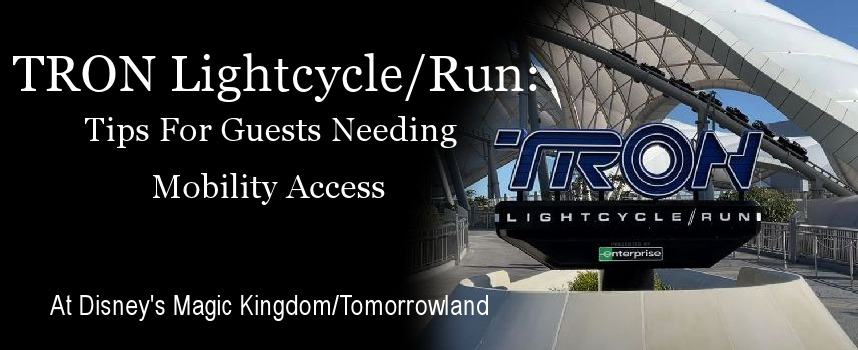How To Transport Your Rented Mobility Scooter Or Manual Wheelchair
10 min read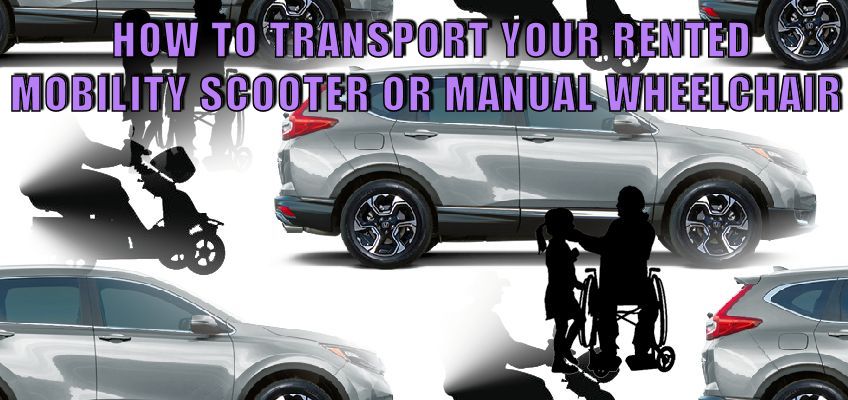
This commentary will discuss how to transport your rented mobility scooter or manual wheelchair. It’s great to use all of the Disney transportation modes while on Disney property. Use those to get you and your ECV or wheelchair from here, there, and everywhere within the Disney complex. However, there will be occasions when you want to bypass the transportation system. For example, you may want to go outside the complex for dinner or to another Florida attraction and take your rented scooter or manual wheelchair with you. In most instances, you’ll be able to do so.
Motor Vehicle Transport Of A Rented Mobility Scooter Or Manual Wheelchair
The most obvious way to transport an ECV or wheelchair is by motor vehicle. For instance, I’m referring to a bus, truck, van, SUV, motor home, or even in a car trunk. In addition, some motor vehicles have specialized carriers that attach to their rear for carrying a mobility scooter or even an electric wheelchair.
For the sake of this article, I’m not going to discuss the subject of transporting an electric wheelchair. I have no experience with electric wheelchairs except for what I have read. However, I know that they can weigh quite a bit and are hard to transport unless special equipment is involved. If you are renting one, let the company you rented from deliver it and pick it back up. Most rental companies will not let you transport it yourself for fear of damage to their equipment.
Power wheelchairs are not like scooters, in so much that most do not easily disassemble for transport and, as mentioned previously, can be pretty heavy. Therefore, do not attempt to do so unless you have the rental company’s permission and the proper equipment needed to transport an electric wheelchair.
Using A Lift, Hoist, Or Carrier If You Have One At Your Disposal
Various lifts and hoists can also assist in lifting and loading a mobility device into a vehicle. They are ideal for vans, SUVs, and other vehicles with ample cargo space. Of course, as referred to previously, you can always use a hitch-mounted carrier like pictured below. However, if you are occasionally renting an ECV, you probably don’t have these options at your disposal. Additionally, you would not need something like this for a manual wheelchair.
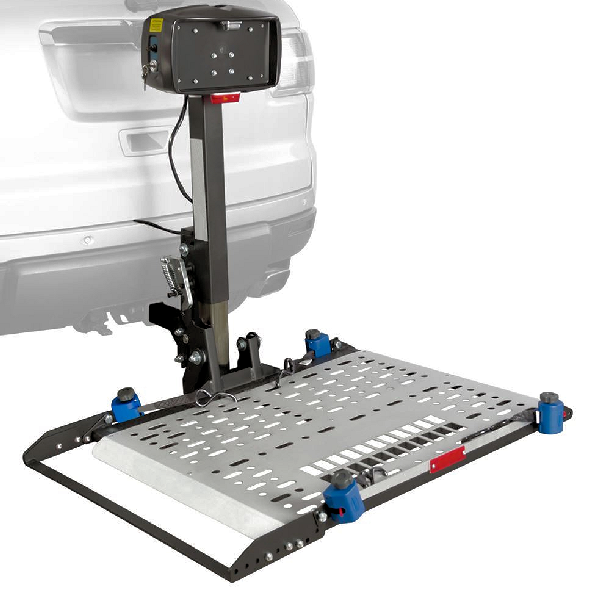
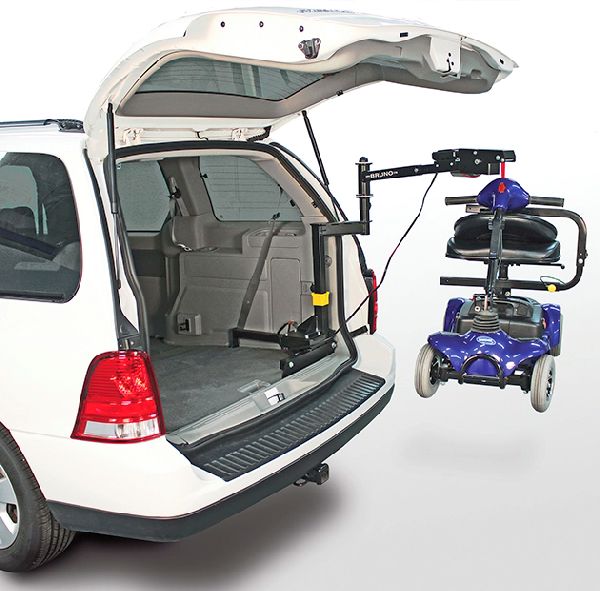
Due to safety concerns, you should not remain seated in your scooter or wheelchair while traveling in a motor vehicle. It even applies to Disney World buses, where you’ll have the option to transfer to a bus seat if you’re able to do so. Likewise, you can remain on your scooter or in your wheelchair if you choose not to. However, you’ll have to wear the mandatory seatbelt. Additionally, once the ECV or wheelchair is in position, the driver will secure it with tiedown straps at the front and rear. Tiedown straps keep the mobility device from moving during transit. Click on this link for detailed information about Disney World Bus Transportation.
Removing/Securing Batteries And All Removable Scooter Parts Prior To Transport
Stow a scooter in the trunk of a car or the back of a truck, SUV, or van. The batteries must be removed and properly secured for proper transport. Additionally, all removable scooter parts, including the armrests, seat, and battery cover, should be removed and secured adequately during motor vehicle transport. Manual wheelchairs can usually be folded and easily fit into most vehicles, plus they weigh much less than a power wheelchair.
I’m going to contradict myself by telling you that this is might not always be the case. There are instances where you have a big enough area and can get the ECV into a motor vehicle intact without dismantling some or all of it. You’d probably need ramps or a hoist to be able to do this. This option may work for people who own large SUVs or vans. However, you must tie it down and assure that no parts will come flying off under normal travel conditions or when you hit the brakes.
The Complexities Of Explaining How To Transport A Mobility Scooter
When I first started to think about this subject, I was hesitant to write about it. Because of the complexity, how do I explain this subject accurately and meaningfully? Due to the many mobility scooters, wheelchairs, and transporting vehicle types and brands, there were many combinations to consider. Also, when considering the user’s physical capabilities well, it became mind-boggling to me.
I want to explain how I would transport a mobility scooter with what I have learned. I’ve researched what I could accomplish with what I currently have at my disposal. Hopefully, you might take some of these suggestions and apply them to your specific situation.
I Subscribe To The “KISS” Method
I decided to subscribe to the “KISS” method. That’s the acronym for “Keep it simple, stupid!” All scooters have a maximum weight capacity. Additionally, they fit a specific size of a rider by design. Therefore, scooters will fall into three categories, light, medium, and heavy-duty use. What I’m referring to by these classifications is weight carrying capacity, plus will it meet your height and body shape requirements?
By sticking to what I’m familiar with, I can best support my recommendations for transporting a mobility scooter. I’ve used Gold Mobility Scooters for my rental needs when I’ve visited Disney World in the past. The specific scooter of choice for me was the Victory 10 3-wheel model. It can carry up to 400 pounds and also comes in a 4-wheel version. The Victory 10 meets my height, weight, and body shape requirements.
Easily Transport A Mobility Scooter Or Manual Wheelchair In The Cargo Area Of My Honda CR-V
However, whichever model I choose can easily be disassembled and transported in the back of my Honda CR-V. The most significant disassembled piece for a 3-wheel Victory 10 weighs 56.5 lbs versus 62.0 lbs for the 4-wheel model. The assembly consists of the front wheel(s), the floor/frame where your feet rest, the folded tiller, the seat post, etc. Look to the images below (although a little blurry) for reference. The rear wheels and motor/transaxle assembly weigh about 48 lbs.
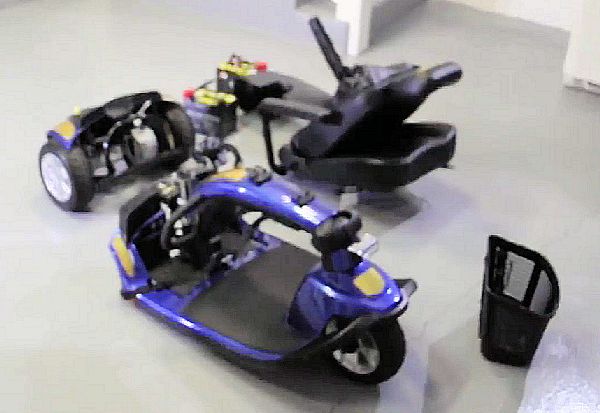
Image: Gold Mobility Scooters
Gold Mobility Scooters also rents the smaller GoGo Sport ECV, which supports up to 325 pounds. This scooter is the easiest to transport due to its smaller size and weight of the individual sections. Additionally, the model comes in the 3-wheel and 4-wheel versions. The heaviest disassembled part weighs about 35.8 lbs for the 3-wheel and 44.0 lbs for the 4-wheel GoGo Sport. I could not find the exact weight, but the rear wheels and motor/transaxle assembly weigh 40 +/- lbs from what I could determine.
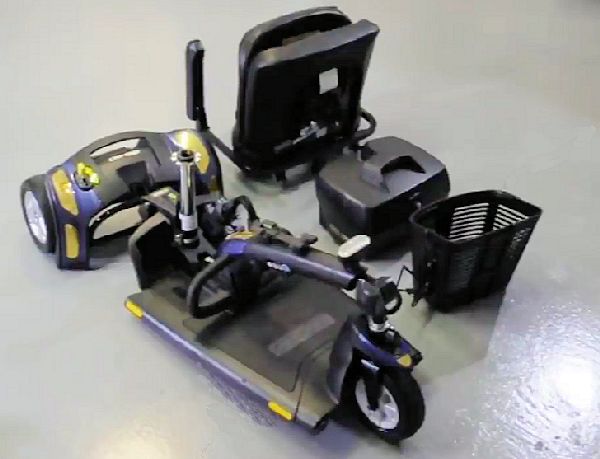
Image: Gold Mobility Scooters
The GoGo Sport will fit into most car trunks, but you might have to use some available space in the back seat if your trunk area is small. No, I don’t think a sports car, such as a Corvette, would be appropriate. You’d have the scooter frame sticking straight up behind the headrest! Believe me when I say that I have seen people do some crazy things in my lifetime. However, I wouldn’t recommend this.
The Larger Weight Capacity Mobility Scooters Are Not Easy To Transport
The largest ECV that Gold Mobility rents are the Pride Maxima 3-wheel scooters. They do not offer the 4-wheel version due to its wide wheelbase and lack of maneuverability. It’s too difficult to turn and get into close areas, plus the overall weight is about 252 lbs. You’d have quite a bit of difficulty navigating the tight Disney winding line queues.
The 3-wheel Maxima can hold up to 500 pounds weighs about 240 pounds with the batteries. It’s not easily disassembled for transport. Unless you can drive or push this ECV into a van or supporting vehicle while intact, I would forget about this rental option unless it’s necessary. If you had a scooter carrier attached to your vehicle’s rear, this could be another option. Another possibility is to use loading ramps to get the Maxima into a transport vehicle that’s large enough to accommodate it.
A How Much Can You Lift? Accounting For Your Physical Lifting Capabilities While In The Process Of Transporting A Mobility Scooter Or Manual Wheelchair
When I referred to individuals earlier, I meant the person is renting or using the unit and their physical lifting capabilities. Suppose you have help loading the mobility aid; that’s great. However, what about if you have no support? Disassembly is easy, but could you lift the individual sections yourself to put them into your car trunk or cargo area? You must consider this possibility!
Leveraging The Weight Of A Scooter
You could always leverage the weight of a scooter into an SUV or similar by doing the following. First, maneuver the front-facing scooter near the rear bumper or hatch opening. Then, to avoid scratching these areas, cover the part where the scooter frame will be resting with an old blanket or anything else you may have to protect your vehicle.
Remove the basket, seat, battery cover, and batteries but don’t disconnect the back wheels. Fold the tiller down, and the scooter will be approximately 20 inches tall for the Victory 10 and 16 inches tall for the GoGo Sport models. Disengage the freewheel lever so the scooter will roll. Lift just the front of the ECV onto the floor of the vehicle. Now you’d have the scooter front into position with the bottom frame sitting atop the entry area edge at an angle. Then go to the back wheels and simultaneously lift and push the entire scooter into place.
For more detailed information about using the freewheel lever, click here, linking you to a previous post. The post is entitled “Guide To Safely Operating A Mobility Scooter.” Instructions regarding the freewheel lever operation are near the bottom of the post under subsection: “Operating The ECV Manual Freewheel Lever.”
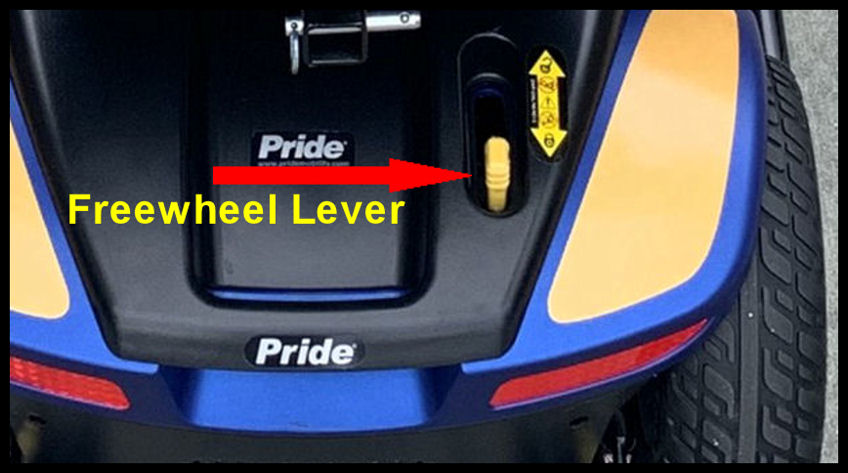
The images below were captured from a YouTube video. It is entitled “Load Mobility Scooter In A Van” by John Crawford, dated August 1, 2016. Just follow steps A, B, and C in sequence.
The Laws Of Physics Can Come Into Play When Preparing To Transport Your Scooter Or Manual Wheelchair
The Victory 10, with the primary and rear sections in place, weighs approximately 110 lbs. Now I’m not going to try and figure out a mathematical equation to determine how much weight you’d be picking up if you use the leverage technique. Just know that you’ll not be picking up the entire 110 lbs. The Laws of Physics come into play, which is way above my skill set. However, you’d only be picking up a portion of the entire weight at one time. The edge at the entryway acts as a fulcrum or pivot point. It would allow you to leverage the weight distribution and make it easier to pick up.
Once you get the scooter into position, remember to re-engage the freewheel lever to keep the ECV’s brakes engaged. It would be best to do this whenever you transport a scooter or wheelchair. Then, secure the scooter with restraining straps, stow the disassembled parts you previously removed, and be on your way. Reverse this procedure when you arrive at your destination and need the scooter again.
Typical Dimensions And Weight Of A Manual Wheelchair To Use As A Guide For Transport
This section relates to the size and weight carrying capacities of a manual wheelchair. Unfortunately, it is nearly impossible to list all the manual wheelchairs that can be rented and provide specifics for each. Therefore, I will generalize that most manual chairs measure about 12 1/2 inches wide when folded. However, some manual wheelchairs can range up to 15 inches wide when folded due to wider seats and increased weight carrying capacities. Manual wheelchairs can typically weigh between 24 to 50 lbs, depending on the carrying capacity.
While the width will vary due to wider seats, most wheelchairs will be about 42 inches long and 36 inches in height. Detachable arms and swing-away leg rests provide customizable support and can be removed for ease of transport if necessary. Their removal will lessen the total weight that you’d be picking up. Additionally, you can always use the leveraging weight technique to get the wheelchair lifted into the car trunk or cargo area.
I Hope That I Have Given You Some Ideas About How To Transport Your Rented Mobility Scooter Or Manual Wheelchair
I hope that I have given you some good ideas to apply, making it easier to transport your assistive devices. Sometimes ingenuity is required, so you may have to think “outside the box” to adapt and make things work for your individual needs. Not to mention, you can always ask the facility where you rented from for additional advice. Maybe they have some tips that I didn’t consider.
Here is an excellent link to an article on the U.S Department of Veterans Affairs website entitled, “Transporting a Scooter or Power Wheelchair.” Jacqueline A. Hall, MS, OTR/L ATP, wrote the article. The last update to the site was August 03, 2018. Check out the article for more relevant information from an expert in her field with a Master’s Degree in Occupational Therapy and is an Assistive Technology Professional.
** I made an update to this post on 02/10/22. Gold Mobility Scooters has now put easy-to-follow scooter operating instructions on their YouTube Channel. You’ll find some of these videos helpful as you prepare to transport the ECV. Click here to link to it. **
